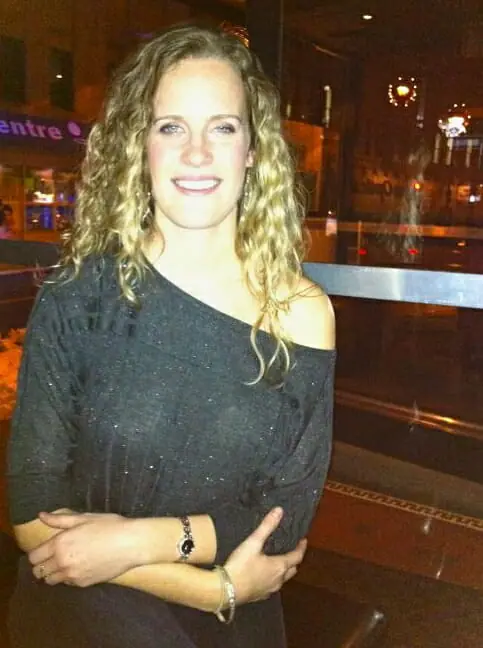YouTube for scientists is ready to go
If you consider yourself a visual learner, as opposed to reading chapters from a textbook, you will be happy to hear about a new source for learning and research in the sciences— JoVE.
The Journal for Visualized Experiments (JoVE) is the first of its kind, and is gaining a lot of attention on campuses and research institutions worldwide.
“JoVE is the first and only video journal that is peer-reviewed in PubMed and Medline,” says Katherine Scott, a science communications employee at JoVE.
JoVE is indexed in PubMed and MEDLINE, the main gateways through which med students, budding scientists and researchers in general go to look for medical or scientific journals and articles. It’s basically a search engine that looks through academic literature, although it does not host its own content.
Canada is one of its biggest fans with 22 per cent of JoVE’s subscriptions coming from the ‘true north strong and free’ alone.
Dalhousie itself contributed to JoVE’s very first issue five years ago, published on Nov. 20, 2006.
The beginnings of this innovative journal sprouted from now CEO, editor-in-chief and co-founder, Moshe Pritsker, who was working on his Ph.D. in molecular biology at Princeton University, says Scott. He was studying stem cell research and could not replicate necessary experiments just from reading text. It was something that had to be shown to him.
So Pritsker bought a roundtrip flight to Europe where he could see this particular stem cell experiment being performed. On his way back from Europe, he thought about how ridiculous the whole ordeal was, and pondered why there wasn’t a more simple solution.
Shortly after his costly scientific vacation to Europe, JoVE was born. It’s YouTube meets Wikipedia, but for scientists—and a lot more credible.
“We have a network of videographers around the world. [Each video] has to go through a peer-review process, so that it has to be scientifically rigorous,” says Scott.
With their office located in Cambridge, Massachusetts, JoVE has some of its biggest subscribers, like Harvard University, right around the corner from them.
JoVE’s two other primary patrons are the prestigious Princeton and Yale universities. It‘s the first scientific video journal for biological, medical, chemical and physical research, according to their website.
Though most of the videos and articles on JoVE wouldn’t be of interest to the general public, there are a few that have garnered some attention.
“There was one about dissecting a black widow spider… and another about jellyfish living in their natural environment, which was pretty cool,” says Scott.
She says one was featured on CNN. “It was called ‘A Procedure for Lung Engineering,’ but for the most part, [our videos] are not of interest to the general public. They’re very science-heavy.”
But, says Scott, “We only do institution subscriptions. Large institutions with large graduate programs will pay more than a smaller institution would.”
Alexandra McGrath, a second-year pharmacy student at Dal, says that though she hasn’t been introduced to the journal, she’s excited about what it has to offer. “That sounds cool, I wonder what’s on there for me,” she says, while hurrying to look up JoVE’s website on her cell phone.
Amanda Coakes, a first-year resident in the department of family medicine at Dal, is interested too. “I hadn’t heard of it, but it did say that it is included in the PubMed database, which is what I use…. It looks like it could be something useful for me,” she says.
As for the future of JoVE, Scott says they are already looking ahead.
“We’re doing a lot in medicine and surgery, but it’s more difficult. If you are filming a surgery, things can go wrong,” she says.
Esthetically, they plan to revamp the layout of their website as well, which Scott says looks more like a blog right now.
“We want it to look more like an academic journal—because that’s what it is!”


Recent Comments